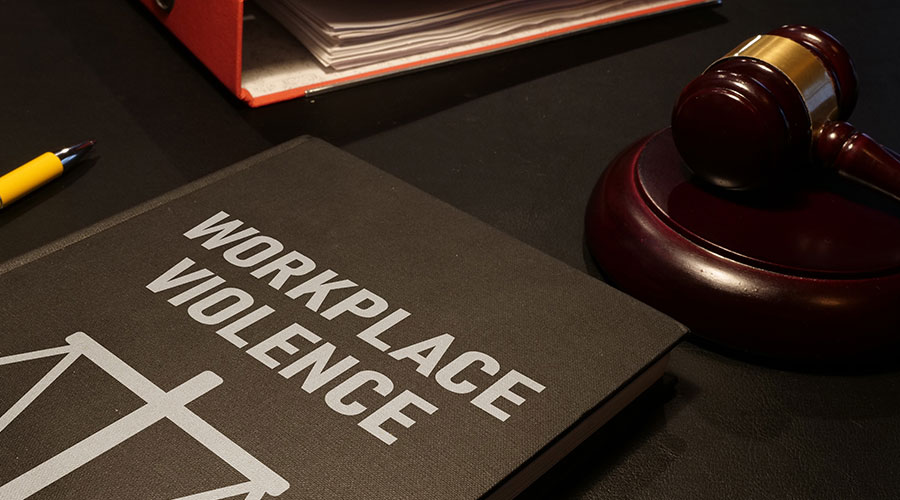When it comes to noise, hospitals are a contradiction; the activities and systems that are necessary to deliver care and protect patients are the same that produce the noises that disturb patients and obstruct optimal outcomes. Staff must have conversations to discuss care plans, but these conversations are noise to a patient who is trying to rest. Alarms on clinical monitors, pumps, and other devices alert staff to problems with patients, but these alarm noises bother those same patients and can sometimes interfere with the staff’s ability to distinguish real problems from irritating distractions. Hospital units must be cleaned, but cleaning activities such as corridor floor cleaning disrupt patient sleep with their noise. Each of these examples poses a threat to the recovery of a patient in an environment that was created expressly for recovery.
To combat these issues, the design of a hospital must be optimized to reduce noise. Thus, architects and builders alike bring in consultants like Acentech to mitigate these issues. One issue we often address is noise and vibration transmission from building MEP systems. These systems produce background noise that is rarely steady enough or balanced in sound frequencies to allow helpful masking of distracting or disturbing noise. We review air handling units, duct layouts, terminal boxes, room air devices, chillers, and other equipment and make recommendations to reduce the transmitted level below best practice thresholds in occupied spaces. We also recommend vibration isolation devices that reduce vibration transmission to hospital occupants and vibration-sensitive devices such as MRIs and microscopes.
Another area that is pertinent to hospitals is promoting the privacy of patients via sound isolation. A waiting room that abuts an MRI room or administrative office requires wall and floor-ceiling construction reviews and room finish recommendations to reduce noise buildup and enhance acoustic comfort. In some instances, such as telemedicine rooms, sound absorptive room finishes are important to the function of the spaces by enabling good speech intelligibility. If acoustic consultants are involved early enough in the design process, they can provide recommendations on space planning that affect acoustics, such as the use of an “offstage” central corridor to isolate some noisy staff activities from patients and the use of closed nourishment rooms to house noisy ice machines.
Our recommendations are often given in spoken and written language, which are sometimes not sufficient to convey the full character of the acoustic experience. In this instance, we use a tool called 3DListening; it is an application that enables clients to hear the results of various design decisions while still in the design stage. We use recordings and synthesized sound sources within a computer model of an environment to create an immersive sound experience that can be changed rapidly with the parameters that the client wishes to evaluate. Sound sources include recorded scripted conversations, clinical alarms, and broadband noise that is filtered to resemble sound masking or building mechanical, electrical and plumbing (MEP) noise. Ostensibly beneficial background sound from sound masking systems can be evaluated via 3DListening in disparate environments such as exam rooms, chemotherapy infusion bays, and patient rooms. In exam rooms, sound masking can take some of the speech privacy burden from the wall constructions by making transmitted speech harder to understand. In open plan spaces such as infusion bays and post anesthesia care units, sound masking can reduce distraction from other patients and improve speech privacy across the room. In a patient room, sound masking can reduce patient startle due to intrusive noises such as clinical alarms and staff conversations. Each of these environments would be modeled in a virtual representation and combined with conversations, alarms, other activity noises, and sound masking to create the 3DListening experience.
Noise has been shown to affect clinical outcomes time and time again. A 1976 study at the University of Minnesota showed that the patient length of stay in noisier rooms was longer than for patients in quieter rooms. Studies with animal models show that wound healing slows with noise exposure. Sleep studies show that noise exposure affects sleep, but also show that some noises are more disruptive to sleep than others, even when presented at the same sound level. In interpreting these studies, it is important to understand the types of sounds that occur and how often they occur, not just the overall sound level, which does not tell the whole story. From there, architects, builders and the consultants they hire can work together to build a hospital that keeps patients safe and on the road to recovery.
Benjamin Davenny is a Senior Consultant at Acentech.

 Building Disaster Resilience Through Collaboration
Building Disaster Resilience Through Collaboration Amae Health Expands to New York City
Amae Health Expands to New York City Hospital for Special Surgery Opens Two New Facilities in New Jersey
Hospital for Special Surgery Opens Two New Facilities in New Jersey Should We Be Testing Toilet Water in Patient Restrooms?
Should We Be Testing Toilet Water in Patient Restrooms? Healthcare Union Petitions for Increased Staff Safety at HCA Florida Hospitals
Healthcare Union Petitions for Increased Staff Safety at HCA Florida Hospitals